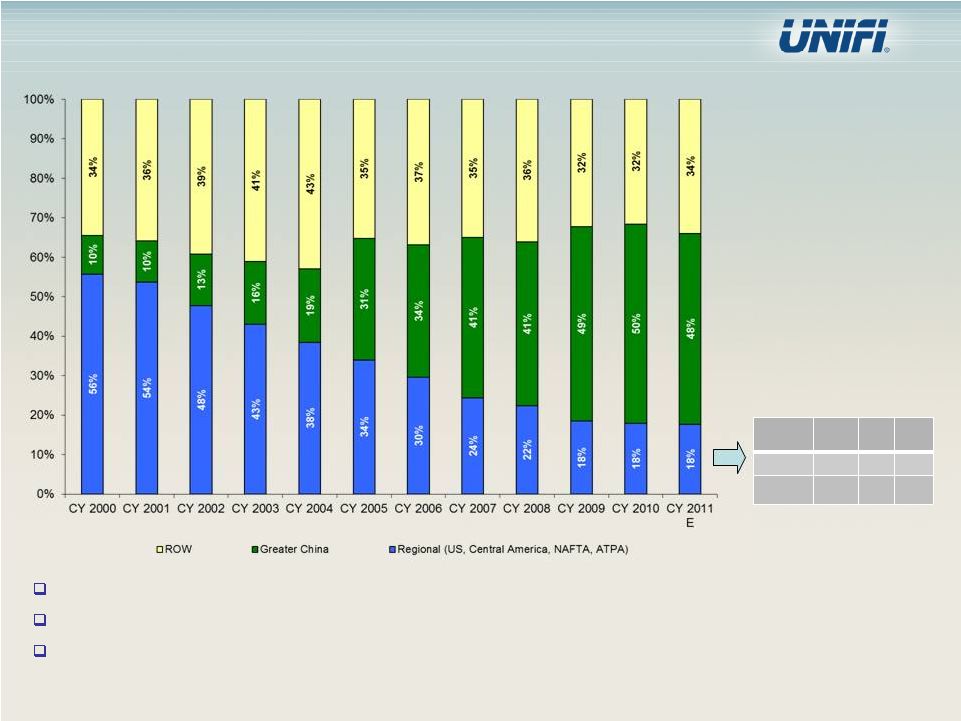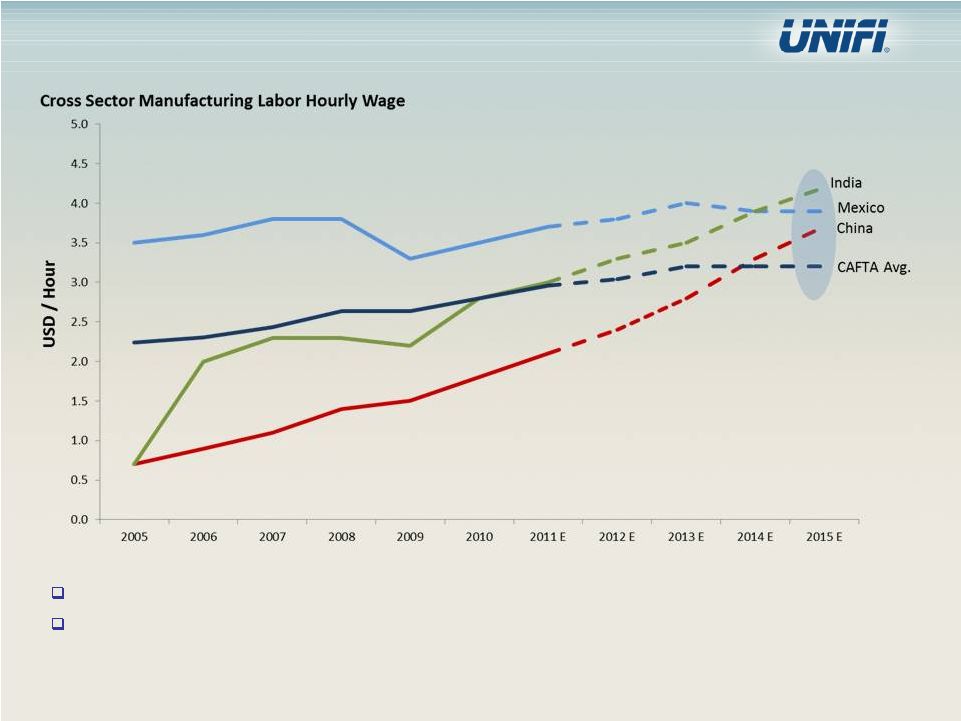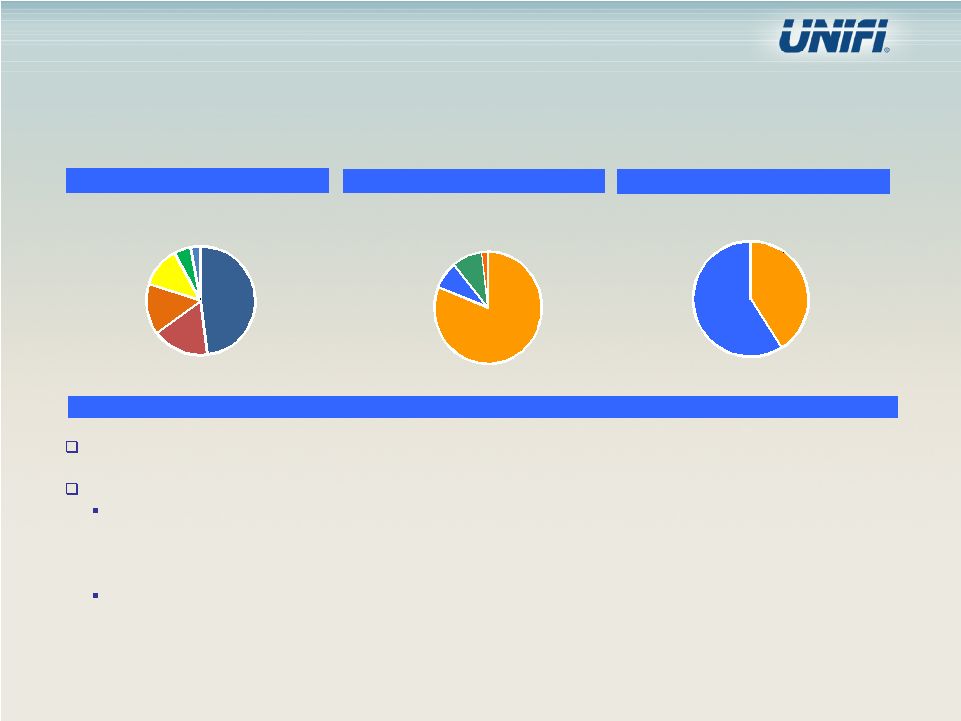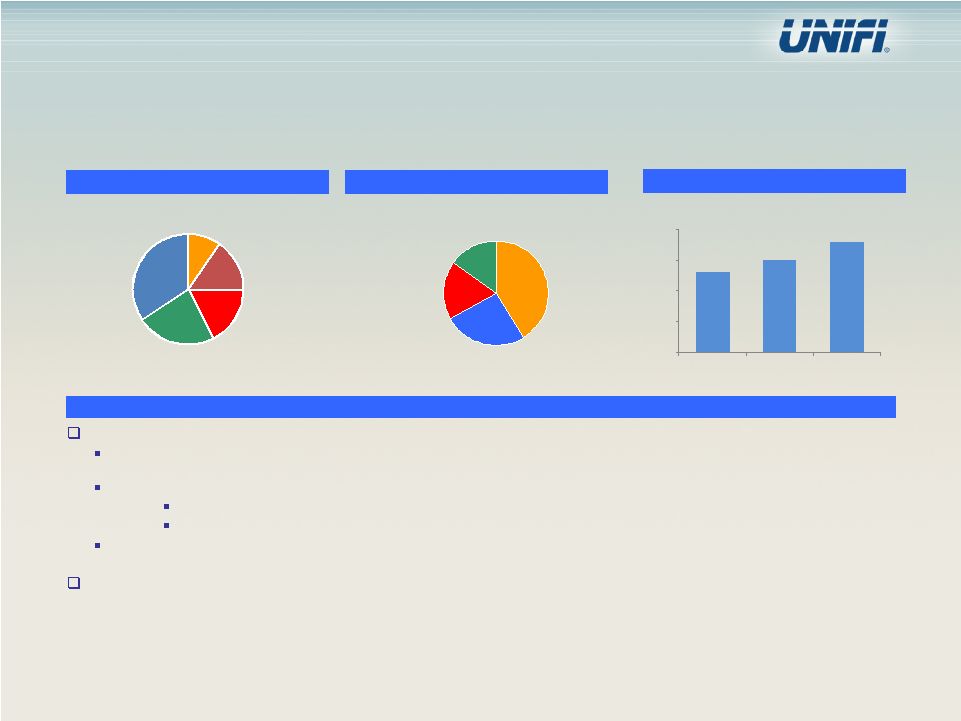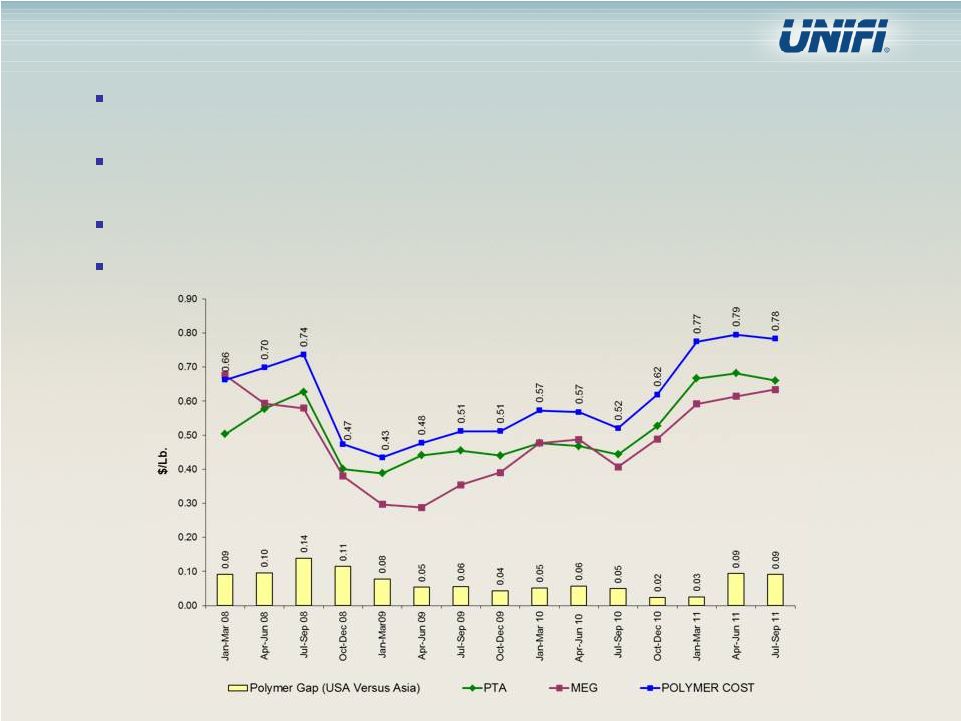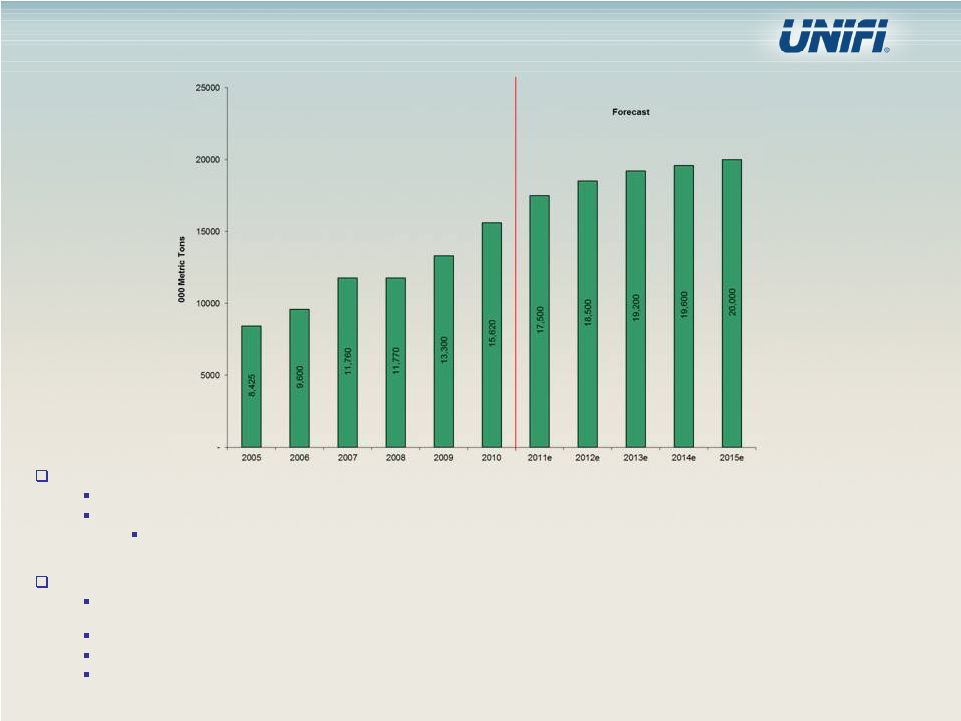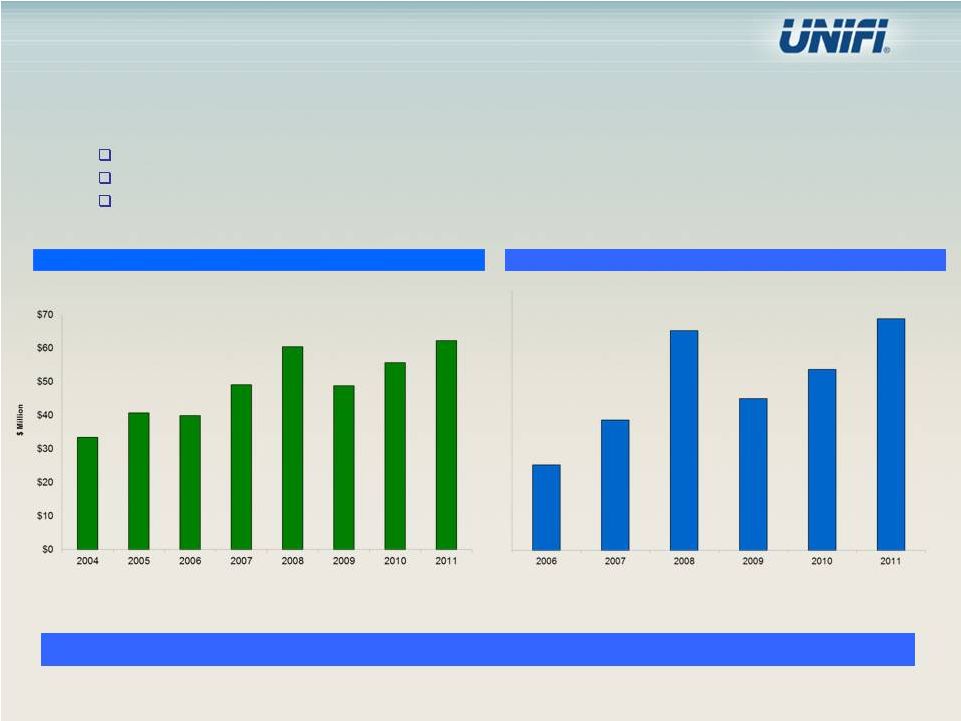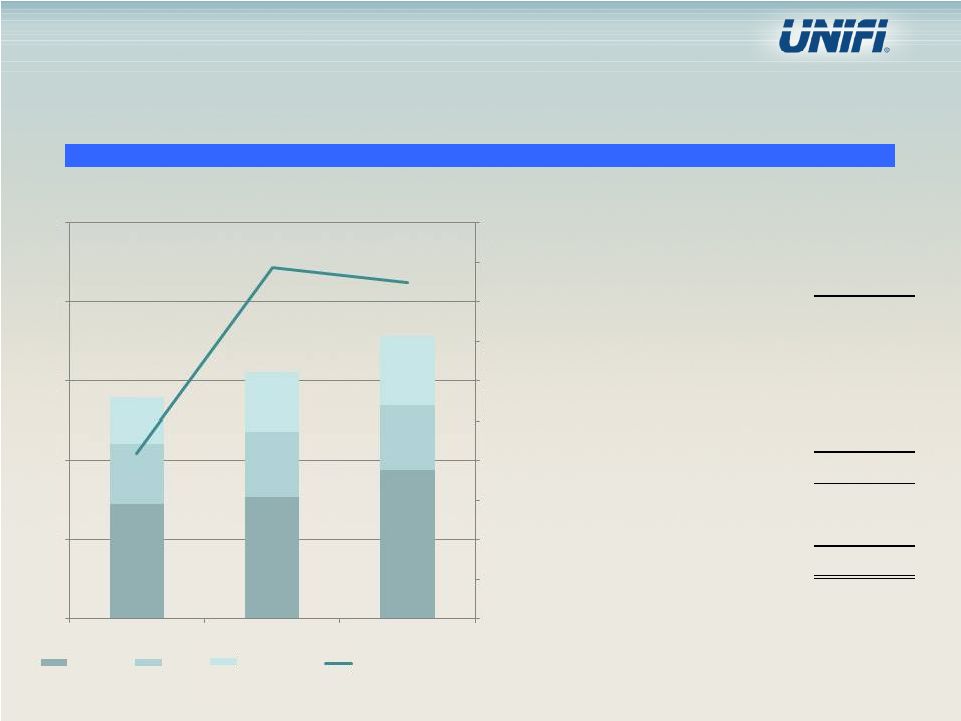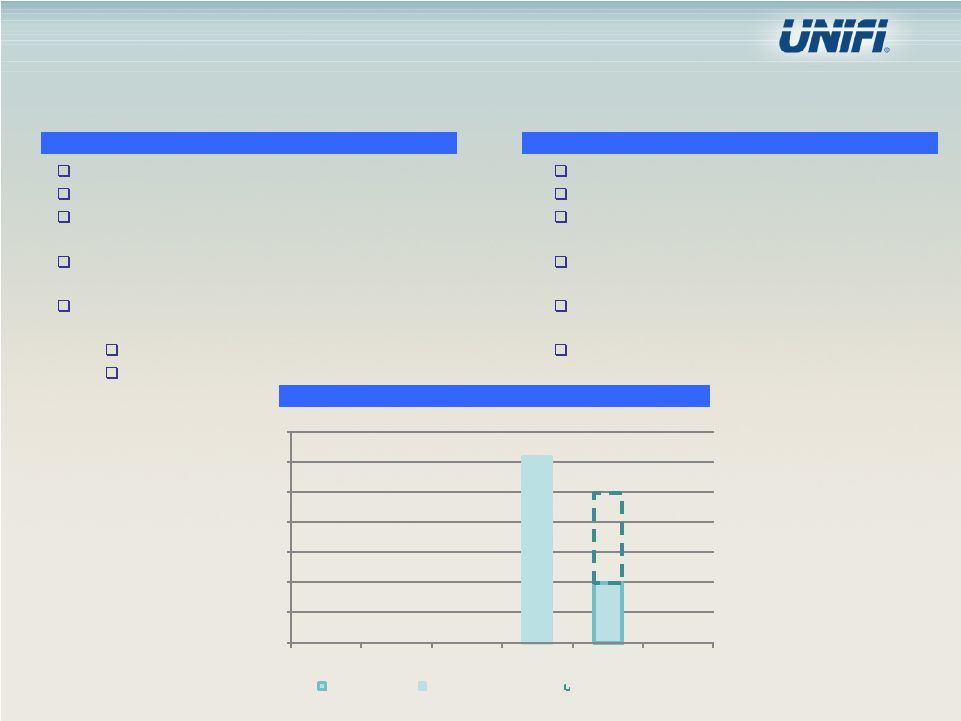Non-GAAP Financial Measures 32 Included in this presentation are certain non-GAAP financial measures designed to complement the financial information presented in accordance with generally accepted accounting principles in the United States of America ("GAAP") because management believes such measures are useful to investors. EBITDA, Consolidated EBITDA and Adjusted EBITDA EBITDA represents net income or loss before income tax expense, net interest expense, and depreciation and amortization expense (excluding interest portion of amortization). Consolidated EBITDA represents EBITDA adjusted to exclude equity in earnings and losses of unconsolidated affiliates. Adjusted EBITDA represents Consolidated EBITDA adjusted to exclude restructuring charges, startup costs, non-cash compensation expense net of distributions, gains or losses on extinguishment of debt, and other adjustments. Other adjustments include gains or losses on sales or disposals of property, plant and equipment and currency and derivative gains or losses. We present Adjusted EBITDA as a supplemental measure of our operating performance and ability to service debt. We also present Adjusted EBITDA because we believe such measure is frequently used by securities analysts, investors and other interested parties in the evaluation of companies in our industry and in measuring the ability of “high-yield” issuers to meet debt service obligations. EBITDA, Consolidated EBITDA and Adjusted EBITDA are alternative views of performance used by management and we believe that investors’ understanding of our performance is enhanced by disclosing these performance measures. Our management uses Adjusted EBITDA: (i) as a measurement of operating performance because it assists us in comparing our operating performance on a consistent basis as it removes the impact of (a) items directly related to our asset base (primarily depreciation and amortization) and (b) unusual items that we would not expect to occur as a part of our normal business on a regular basis; (ii) for planning purposes, including the preparation of our annual operating budget; (iii) as a valuation measure for evaluating our operating performance and our capacity to incur and service debt, fund capital expenditures and expand our business; and (iv) as one measure in determining the value of other acquisitions and dispositions. Adjusted EBITDA is also a key performance metric utilized in the determination of variable compensation. We believe that the use of EBITDA, Consolidated EBITDA and Adjusted EBITDA as operating performance measures provides investors and analysts with a measure of operating results unaffected by differences in capital structures, capital investment cycles, and ages of related assets, among otherwise comparable companies. We also believe Adjusted EBITDA is an appropriate supplemental measure of debt service capacity, because cash expenditures on interest are, by definition, available to pay interest, and tax expense is inversely correlated to interest expense because tax expense decreases as deductible interest expense increases; depreciation and amortization are non-cash charges. Equity in earnings and losses of unconsolidated affiliates is excluded because such earnings or losses do not reflect our operating performance. The other items excluded from Adjusted EBITDA are excluded in order to better reflect the performance of our continuing operations. In evaluating EBITDA, Consolidated EBITDA and Adjusted EBITDA, you should be aware that in the future we may incur expenses similar to the adjustments in this presentation. Our presentation of EBITDA, Consolidated EBITDA and Adjusted EBITDA should not be construed as an inference that our future results will be unaffected by unusual or non-recurring items. EBITDA, Consolidated EBITDA, and Adjusted EBITDA are not measurements of our financial performance under GAAP and should not be considered as alternatives to net income, operating income or any other performance measures derived in accordance with GAAP or as an alternative to cash flow from operating activities as a measure of our liquidity. | 






